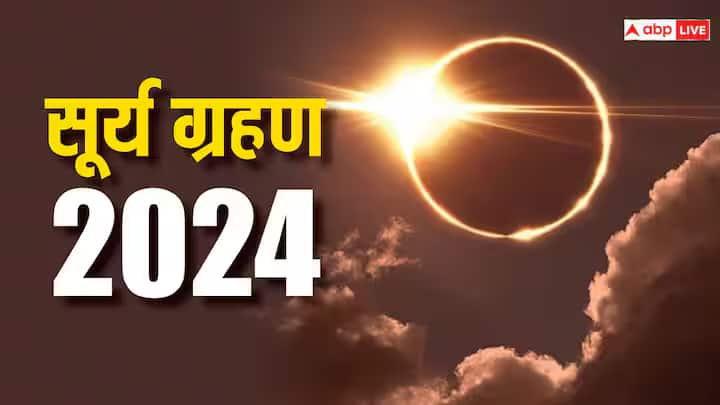Surya Grahan 2024: Solar eclipse has a special significance in Sanatan Dharma, hence it becomes important to know whether the Sutak of the eclipse will be valid or invalid. The first solar eclipse of the year 2024 took place on 08 April 2024, which had the maximum impact in America. Although this eclipse was not visible in India.
After this, the second solar eclipse of the year 2024 is going to occur on Sarva Pitru Amavasya (Sarva Pitru Amavasya 2024) in the month of October. In such a situation, everyone wants to know whether the second sun of the year will be visible in India or not, whether this much Sutak will be valid here or not, due to the eclipse, whether religious activities related to Amavasya can be performed on this day etc.
Surya Grahan 2024 Date and Time
The second solar eclipse of this year will take place on 2 October 2024, on the day of Sarva Pitru Amavasya in the month of Ashwin. The solar eclipse will begin at 09:13 pm and will end at 03:17 pm. The total duration of the eclipse will be 06 hours 04 minutes. The solar eclipse will occur at night and will not be visible in India. In such a situation, all the work related to Sarva Pitru Amavasya can be done. Because the eclipse is not visible in India, its Sutak will not be valid here.
Where will the second solar eclipse of the year be visible?
Let us tell you that the first solar eclipse that occurred on April 8 was also not visible in India and the second solar eclipse will also not be visible in India. But the eclipse will be visible and affected in the northern parts of South America, including the Arctic, Chile, Peru, Honolulu, Antarctica, Argentina, Uruguay, Buenos Aires and Bekaa Island.
Along with this, the solar eclipse occurring on October 2 will also be visible in some parts of South America, Pacific Ocean and Atlantic Ocean.
The second solar eclipse of the year will be annular (Annular Solar Eclipse)
The solar eclipse occurring in October will be an annular solar eclipse, which is also called Ring of Fire. An annular solar eclipse occurs when the Moon passes directly between the Earth and the Sun. But it does not cover the sun completely, but covers most of the part. The outer edge of such a moon appears bright like a ring in sunlight. That is why it is also called Rink of Fire.
read this also: Chippewa and Maya civilization of America have surprising beliefs about ‘eclipse’, you will be shocked to know
Disclaimer: The information provided here is based only on assumptions and information. It is important to mention here that ABPLive.com Does not constitute any endorsement or verification of information. Before implementing any information or belief, consult the concerned expert.




